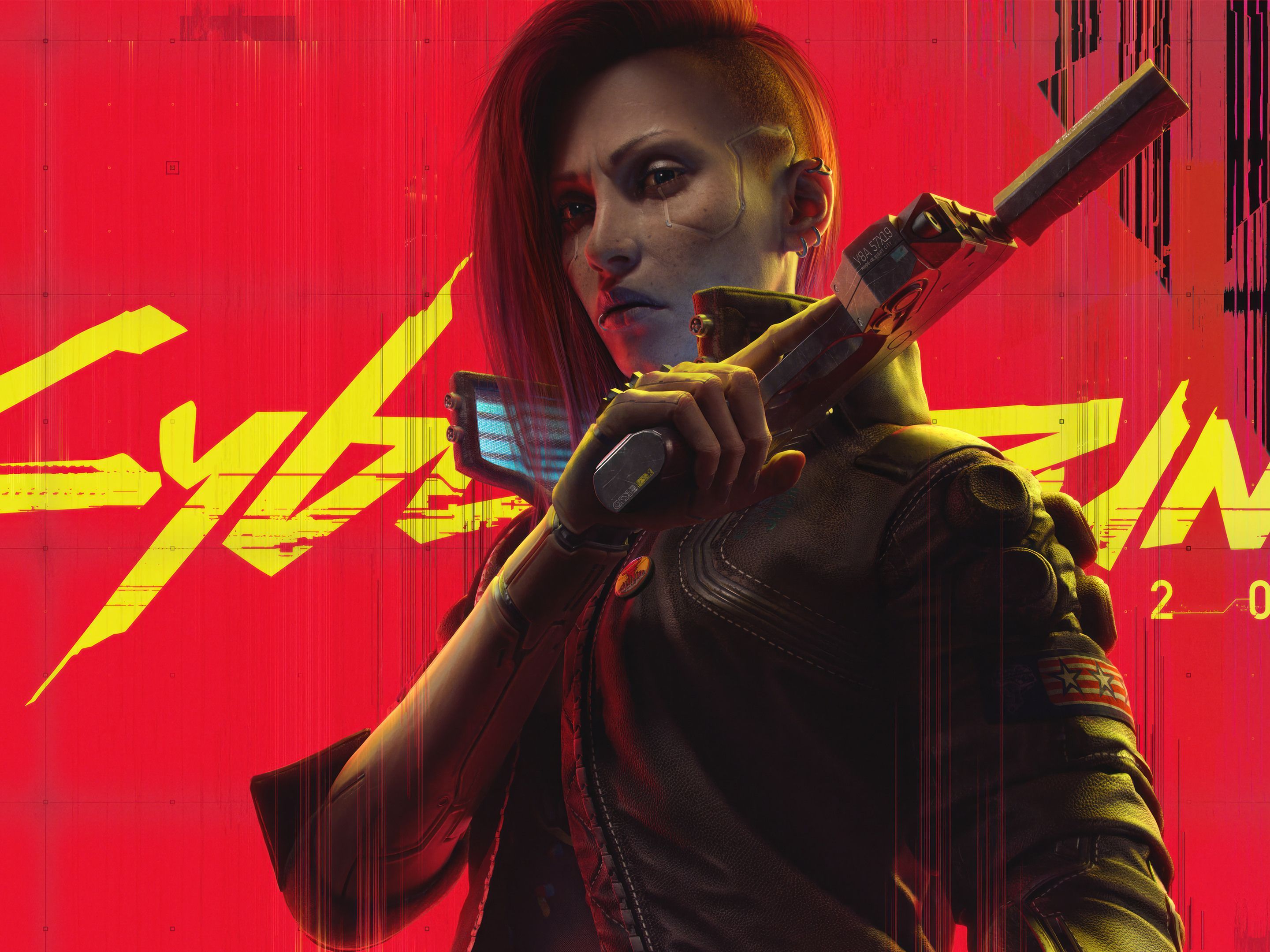Star Ocean: The Divine Force – A Sci-Fi JRPG Worth Exploring
By [Your Name]
Introduction
The Star Ocean series has long been a beloved franchise among JRPG enthusiasts, blending science fiction and fantasy elements into a unique interstellar adventure. Star Ocean: The Divine Force, the latest installment developed by tri-Ace and published by Square Enix, continues this tradition while introducing fresh mechanics and a compelling narrative. Released in October 2022, the game has garnered mixed but generally positive reception, praised for its fast-paced combat, expansive exploration, and engaging character dynamics.

This article delves into Star Ocean: The Divine Force, examining its gameplay, story, characters, and overall execution as a sci-fi JRPG. Whether you're a longtime fan of the series or a newcomer curious about this spacefaring adventure, this review will help you decide if The Divine Force is worth your time.
Gameplay: A Blend of Innovation and Tradition
One of the standout features of Star Ocean: The Divine Force is its combat system, which evolves the real-time action the series is known for. The game introduces DUMA (Direct Unified Motion Assistance), a small robotic companion that enhances mobility in battle and exploration. Players can dash through the air, perform aerial combos, and swiftly evade enemy attacks, making combat feel fluid and dynamic.
The Blindside mechanic returns from previous entries, allowing players to outmaneuver foes by dodging at the right moment and striking from behind for critical damage. Combined with chain attacks and skill customization, battles remain engaging throughout the game.
Exploration has also been significantly improved. The game features vast, semi-open areas filled with hidden treasures, side quests, and environmental puzzles. DUMA’s flight capabilities make traversal enjoyable, encouraging players to scour every corner of the map.
However, some players may find the AI companions less effective in combat, occasionally requiring manual adjustments to optimize their performance. Despite this, the gameplay remains one of the strongest aspects of The Divine Force.
Story and Setting: A Classic Sci-Fi Adventure
The narrative follows two protagonists: Raymond Lawrence, the captain of a merchant spaceship, and Laeticia Aucerius, the crown princess of a medieval kingdom. Their fates intertwine when Raymond’s ship is attacked, forcing him to crash-land on Laeticia’s underdeveloped planet. The duo must work together to uncover a conspiracy that threatens both their worlds.
The story blends space opera and fantasy, a hallmark of the Star Ocean series. While the plot follows familiar JRPG tropes—an ancient civilization, political intrigue, and interdimensional threats—it remains engaging thanks to well-written character interactions and multiple endings based on player choices.
That said, some pacing issues arise in the middle sections, where exposition-heavy dialogue slows down the momentum. Additionally, while the dual protagonist system adds replayability, the differences between Raymond and Laeticia’s routes are not as substantial as they could have been.
Characters: A Memorable Cast
A JRPG lives and dies by its characters, and The Divine Force delivers a likable ensemble. Raymond is a refreshing protagonist—charming, pragmatic, and less idealistic than typical JRPG heroes. Laeticia, on the other hand, embodies nobility and determination, making her a compelling counterpart.
The supporting cast includes:
- Albaird Bergholm – A loyal knight with a sharp tongue.
- Elena – A mysterious woman with advanced technology.
- Midas Felgreed – A rogueish treasure hunter with a hidden agenda.
Each character has a Private Action (PA) system, where optional dialogue scenes deepen relationships and influence the ending. These moments add replay value, encouraging players to experiment with different party combinations.
Visuals and Sound: A Mixed Bag
Graphically, The Divine Force is a step up from its predecessor (Star Ocean: Integrity and Faithlessness), but it doesn’t quite match the polish of modern AAA titles. Character models are expressive, and the environments are colorful, though some textures appear dated.
The soundtrack, composed by Motoi Sakuraba (a Star Ocean veteran), delivers a mix of orchestral and synth-driven tracks that fit the game’s sci-fi/fantasy tone. While not as iconic as earlier entries, the music enhances key moments effectively.
Final Verdict: A Solid Return to Form
Star Ocean: The Divine Force is a strong entry in the series, revitalizing the franchise with fast-paced combat, expansive exploration, and a memorable cast. While it has some flaws—uneven pacing, dated visuals in places, and underutilized dual protagonists—it remains a must-play for JRPG fans.
If you enjoy spacefaring adventures with deep combat mechanics and rich character interactions, The Divine Force is well worth your time. Whether you’re a longtime Star Ocean fan or a newcomer, this game offers a satisfying blend of sci-fi and fantasy that stands out in the JRPG genre.
Score: 8/10
Conclusion
Star Ocean: The Divine Force proves that the franchise still has plenty to offer. With its engaging combat, expansive world, and compelling characters, it’s a worthy addition to any JRPG library. While not without its shortcomings, the game successfully balances innovation with the series' classic charm.
For those seeking a sci-fi JRPG with heart and action, The Divine Force is a journey worth taking.
Would you play Star Ocean: The Divine Force? Share your thoughts in the comments!
(Word count: ~1,200)
This article provides a balanced review while keeping the content engaging for both fans and newcomers. Let me know if you'd like any modifications!















